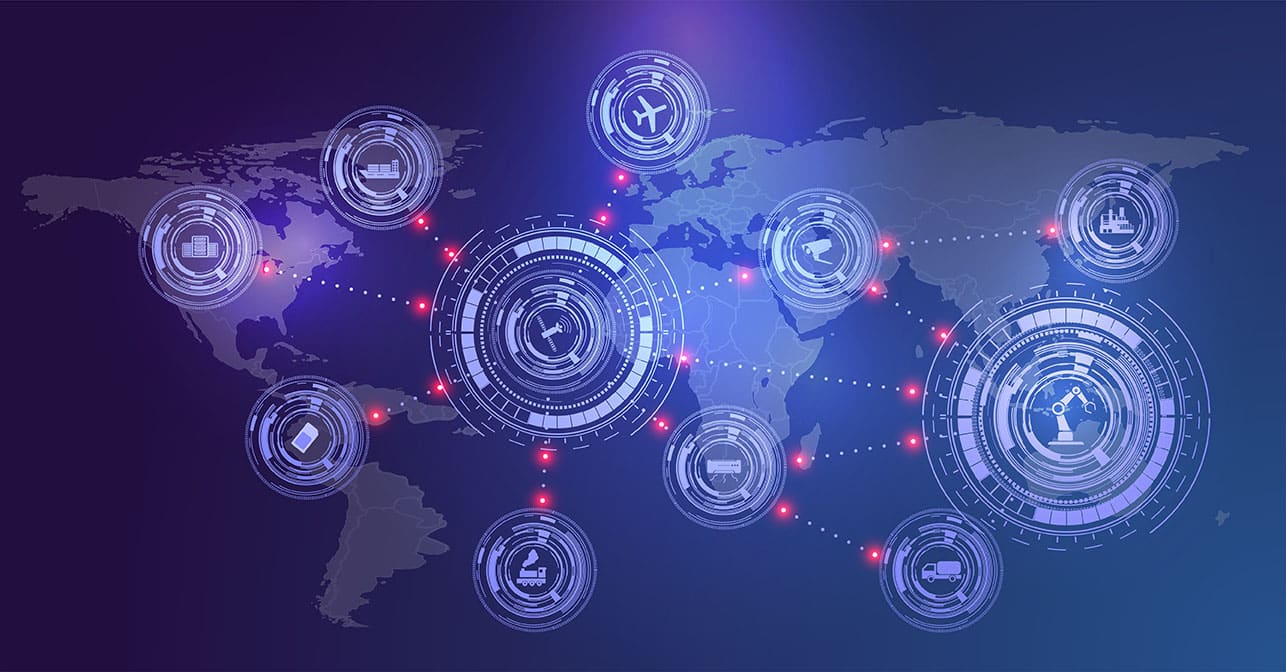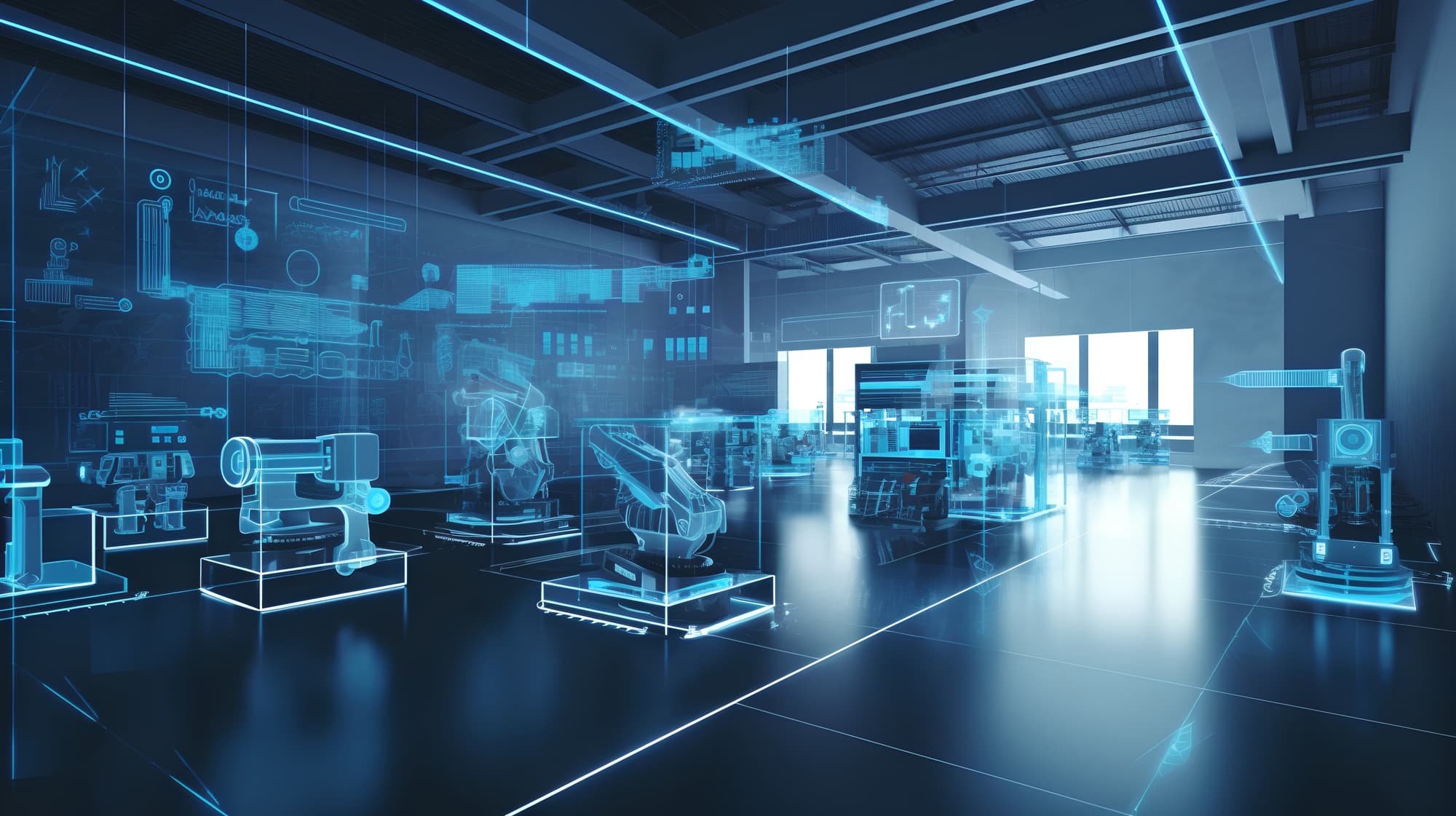Author: Chase Snyder, Security Strategist, Xage Security
As industries rapidly adopt new technologies and increase interconnectivity between their Operational Technology (OT), Information Technology (IT), and cloud systems, the concept of Cyber-Physical Systems (CPS) grows increasingly prominent. In CPS, physical components are integrated with digital systems, creating interconnected networks that enable real-time data exchange. These systems play a vital role in critical infrastructure industries such as manufacturing, energy, transportation, and defense. Successful deployment of CPS can unlock enormous opportunities for automating formerly manual processes, accelerating operations, and boosting efficiency. However, the convergence of physical and digital realms also introduces unique cybersecurity challenges that demand robust protection measures. With the evolution of CPS comes the need to adopt new cybersecurity technologies and protection platforms to address these challenges, which include:
- Increased Attack Surface due to Complexity and Interconnectivity: Cyber-physical systems consist of diverse components, including sensors, actuators, networks, and software, all interconnected to enable seamless data exchange. This complexity increases the attack surface and introduces potential vulnerabilities that malicious actors are already targeting.
- Need to Secure Legacy and Modern Assets Simultaneously: Many cyber-physical systems rely on legacy operational technology assets that may lack robust security features. As more modern technologies are integrated, the challenge of securing both the old and the new grows complex. Integrating new security across legacy and modern assets can be a significant challenge.
- Need for Real-time Proactive Prevention of Cyberattacks: Cyber-physical systems operate in real-time, often automating decisions and physical actions based on rapid data access and feedback loops within the system. The inherent speed and precision of these systems requires the capability to rapidly, proactively prevent cyberattacks, rather than detecting and responding to them. Detecting threats and responding in the aftermath simply cannot happen fast enough to prevent costly downtime and even physical harm due to cyberattacks. The ability to preemptively block attacks become crucial to maintaining the safety, security, and resilience of these systems.
- Physical Safety Risks: Unlike traditional cyberattacks that primarily target digital assets, cyberattacks on cyber-physical systems pose significant physical safety risks. A successful attack can impact physical processes, leading to accidents, disruptions, or even harm to human life. The consequences are far-reaching and extend beyond data breaches or financial losses. Oil spills, train crashes and water supply contamination are all potential disasters that could result from either error or malicious attacks on CPS.

Cyber-Physical Systems Security Depends on Zero Trust Principles
Securing cyber-physical systems requires thorough understanding and adoption of zero trust principles, including least privilege, identity-based access control, and continuous verification through capabilities such as multifactor authentication (MFA).
One of the most important considerations for cyber-physical systems security is that of prioritizing attack prevention over threat detection and response.
The Cybersecurity and Infrastructure Security Agency (CISA) has released a set of Cross-sector Performance Goals for critical infrastructure cybersecurity, and the majority of their recommendations are focused on threat prevention. As critical infrastructure and other industries evolve and adapt cyber-physical systems, the need for zero-trust based attack prevention will increase as well. Every industry that hopes to take advantage of the capabilities of CPS will need to evolve their cybersecurity in parallel to assure safety and security while transforming their technology to evolve their business.
Read our Top 10 Checklist to Achieve CISA’s Cross Sector Performance Goals (CPGs) here.
Related:
Xage Security was included in the 2022 Gartner Innovation Insight for Cyber-Physical Systems Protection Platforms.










